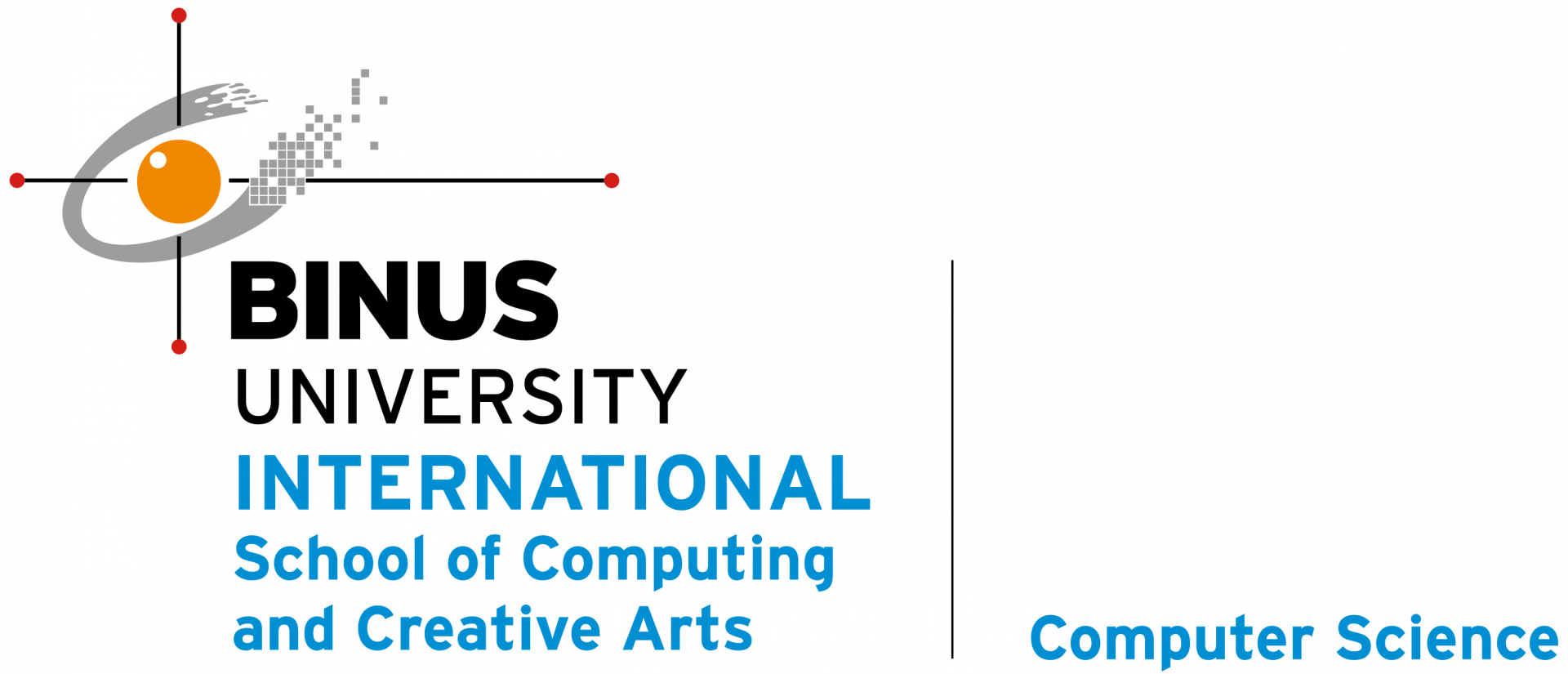Revolutionizing Accessibility: The Future of Braille Reading through Digital Applications

Introduction
In the rapidly evolving landscape of technology, innovative solutions are continually reshaping how we interact with our world. One remarkable example of this progress can be witnessed in the realm of accessibility technology, particularly in the development of a groundbreaking “Digital Application-Based Braille Reader Device.” This invention, as featured in a CNN video (link: [CNN Video](https://www.youtube.com/watch?v=RUdes56Uj7M)), has the potential to redefine the lives of visually impaired individuals, making reading and communication more inclusive than ever before. This remarkable invention is the brainchild of a group of students from the BINUS International Program, specifically the Computer Science Department within the School of Computing and Creative Arts, known as “Wonder Reader”. They are Jason Christian Hailianto (Binusian 23), Aric Hernando (Binusian 23), Jason Jeremy Wijadi (Binusian 24) and Philipus Adriel Tandra(Binusian 25)
The Power of Digital Applications
Digital applications have seamlessly integrated themselves into modern life, revolutionizing learning, work, and communication. With the proliferation of smartphones, tablets, and smart devices, the capacity to develop inclusive tools for people with disabilities has expanded exponentially. The “Digital Application-Based Braille Reader Device” exemplifies this potential by seamlessly blending cutting-edge technology with the timeless importance of Braille.
**Breaking Down Barriers with Braille**
Braille has stood as an essential tool for visually impaired individuals for centuries, granting them access to written information and promoting literacy and independence. Yet, the availability of Braille materials and resources has frequently been limited, resulting in barriers to education and communication. The innovative Wonder Reader team sought to tackle these challenges by effectively merging Braille with the digital world through their “Digital Application-Based Braille Reader Device.”
**Wonder Reader: Innovators with Vision**
The creators of this groundbreaking innovation are students from the BINUS International Program, specifically within the Computer Science Department of the School of Computing and Creative Arts. The team aptly named themselves “Wonder Reader,” a fitting title for the wonder they’ve created in the realm of accessibility technology. Their dedication and ingenuity have led to the development of a device that holds the promise to improve the lives of countless visually impaired individuals.
**Features and Functionality**
Highlighted in the CNN video, the “Digital Application-Based Braille Reader Device” demonstrates a range of innovative features. This device can seamlessly connect to smartphones or tablets through Bluetooth technology. It converts the content displayed on screens into Braille characters, which can then be read through touch. This integration of technology not only provides real-time access to diverse digital content but also opens avenues for interactive learning and communication.
**Benefits and Impact**
The impact of the Wonder Reader’s creation cannot be overstated. By enhancing the accessibility and convenience of Braille reading, the “Digital Application-Based Braille Reader Device” has the potential to elevate the quality of life for visually impaired individuals. Education becomes interactive, leisure reading becomes immersive, and communication becomes instantaneous. This device empowers individuals to independently access a broader spectrum of information, fostering personal growth and development.
**Challenges and Future Developments**
While the Digital Application-Based Braille Reader Device signifies a significant stride forward, there are challenges to address. Factors such as the cost of the devices, compatibility with various digital platforms, and continuous software updates are important considerations. However, as technology continues to advance, it is likely that these challenges will be met, making this innovation even more accessible.
**Conclusion**
The Wonder Reader team’s “Digital Application-Based Braille Reader Device” underscores technology’s potential to promote inclusivity and accessibility. By bridging the gap between Braille and the digital realm, this innovation unlocks opportunities for a more enriching and independent life for visually impaired individuals. As we move ahead, it is crucial to support and advance such groundbreaking innovations, ensuring that technology becomes a force for positive change in the lives of all individuals, regardless of their abilities. The Wonder Reader team stands as a beacon of innovation, illustrating how students can drive impactful change through their dedication and creative vision.

